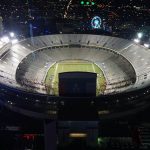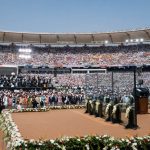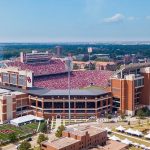It’s one of the most famous football arenas in Europe and home to one of the biggest clubs in the world.
In this post, you’ll discover the ultimate list of facts about Santiago Bernabeu Stadium, one of the most amazing stadiums in Spain.
1. It’s the home of one of the greatest football clubs in history
The Santiago Bernabéu Stadium is the home venue of one of the biggest football clubs in the world, Real Madrid from Spain. They play in all-white outfits so their nickname is “Los Blancos,” even though that changed to “Los Galácticos” in the 2000s due to the huge number of world-famous and expensive players that joined the club.
One of the biggest clubs in the world deserves one of the biggest stadiums in the world, and the “Bernabéu” as it’s often called is exactly that. The Bernabéu is the third-largest club stadium in all of Europe after the Westfalenstadion in Dortmund and the Camp Nou in Barcelona.
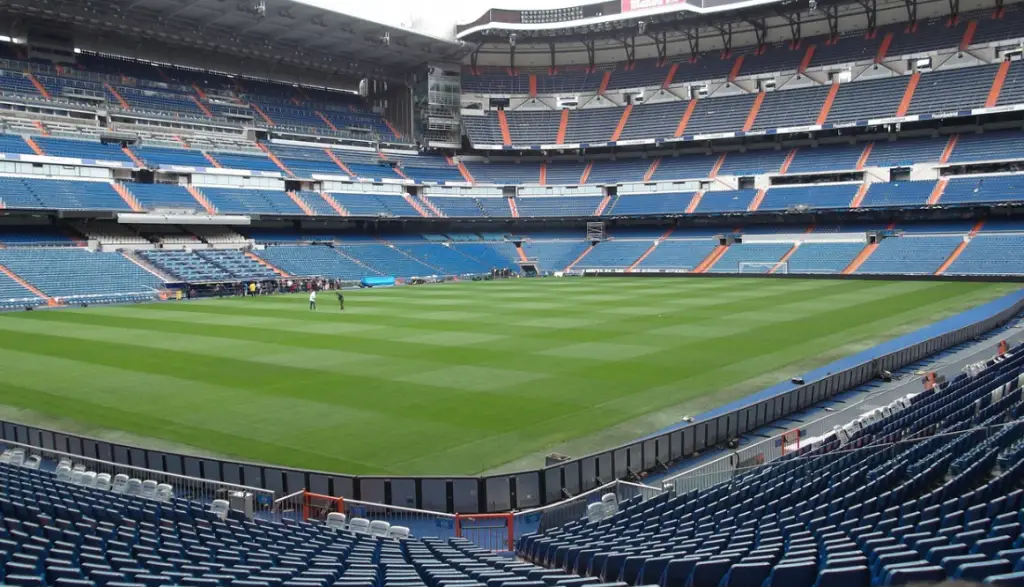
2. Santiago Bernabéu transformed Real Madrid
Real Madrid’s status as one of the biggest football clubs in Spain had been there from the beginning. It’s one of the founding members of La Liga, the Spanish football competition, and one of three clubs along with FC Barcelona and Athletic Bilbao which has never been relegated.
It wasn’t, however, until Santiago Bernabéu, a former player of the club, became the president of the club in 1943 that Real Madrid didn’t just become one of the biggest clubs in Spain, but also in Europe.
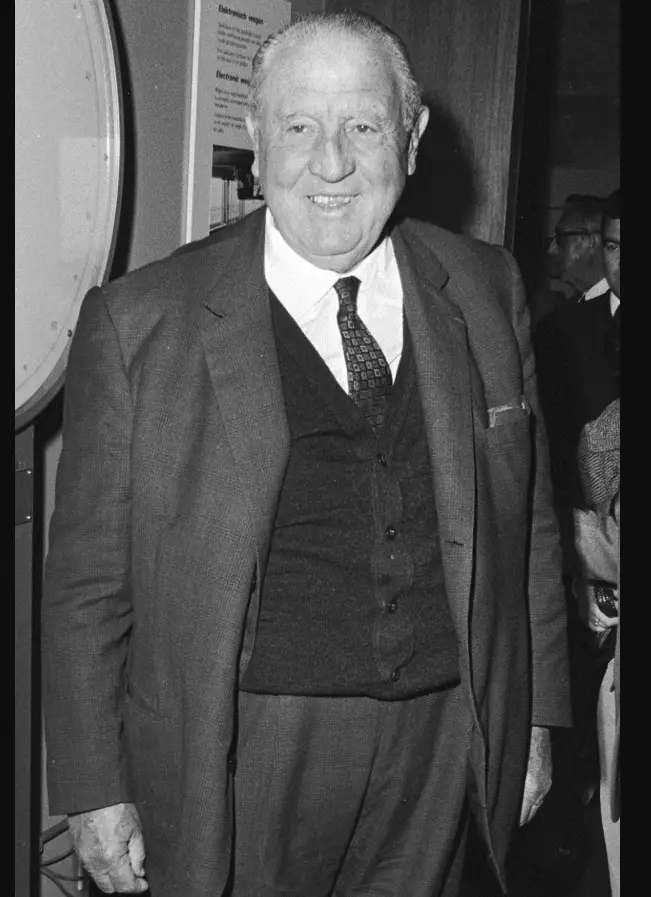
3. Construction started in 1944
One of the first things the newly appointed president of Real Madrid did was build a new stadium and upgrade the training complex of the club. The club acquired a loan from the “Banco Mercantil e Industrial” to fund the project.
After securing the purchase of the land that the stadium is built upon, construction started just 1 year after Santiago Bernabéu became president of the club on October 27, 1944.
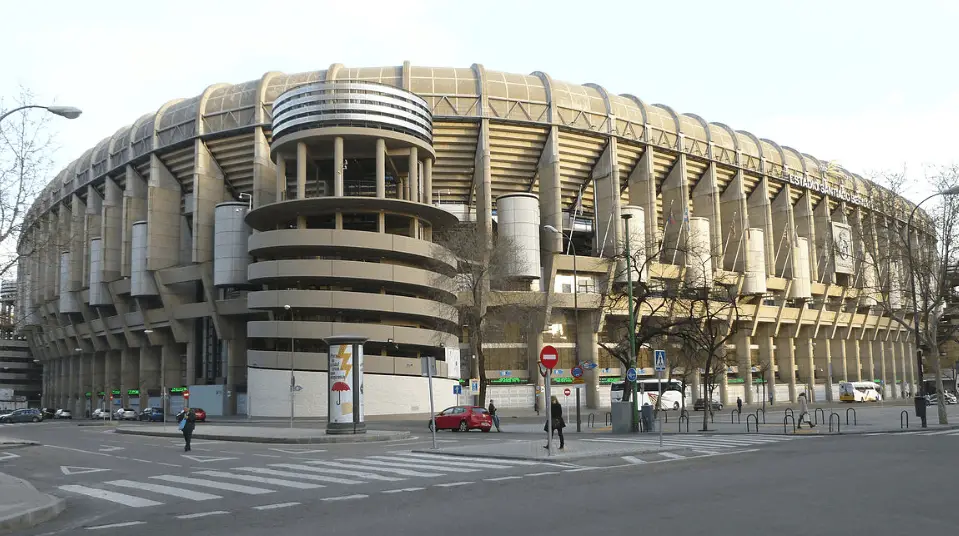
4. The stadium was completed 3 years later
The architects of the stadium were Manuel Muñoz Monasterio and Luis Alemany Soler, who was hired just 1 month before the construction of the stadium actually started on September 5, 1944.
Just over 3 years later, the stadium was completed. It had an initial capacity of 75,145 spectators, of which 27,645 were seats (7,125 covered), and 47,500 for standing spectators.
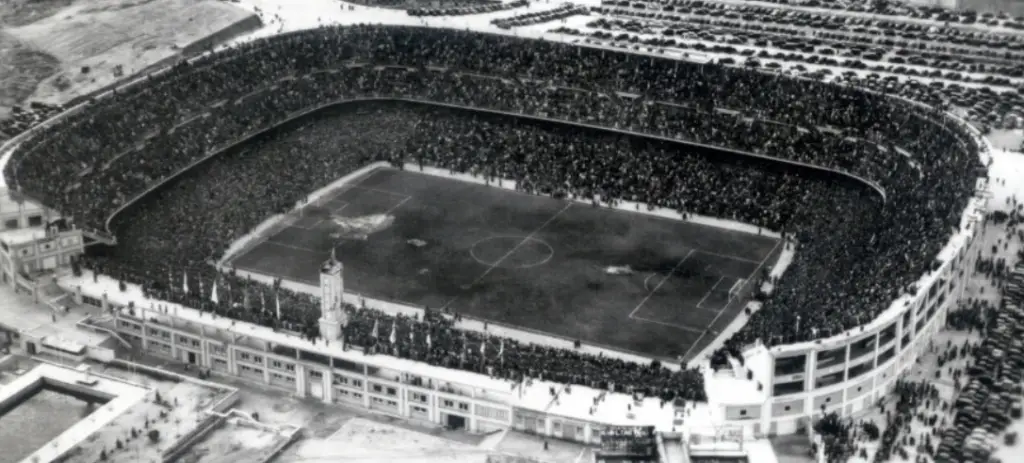
5. It used to have a different name
When the stadium first opened, it replaced the old home of Real Madrid which was called the “Estadio Chamartin.” This used to be the home of Real Madrid for 23 years and the old stadium had a capacity of just 15,000 spectators.
Because the stadium now known as the “Bernabéu” was replacing this old ground, it was initially called the “Nuevo Estadio Chamartin.”
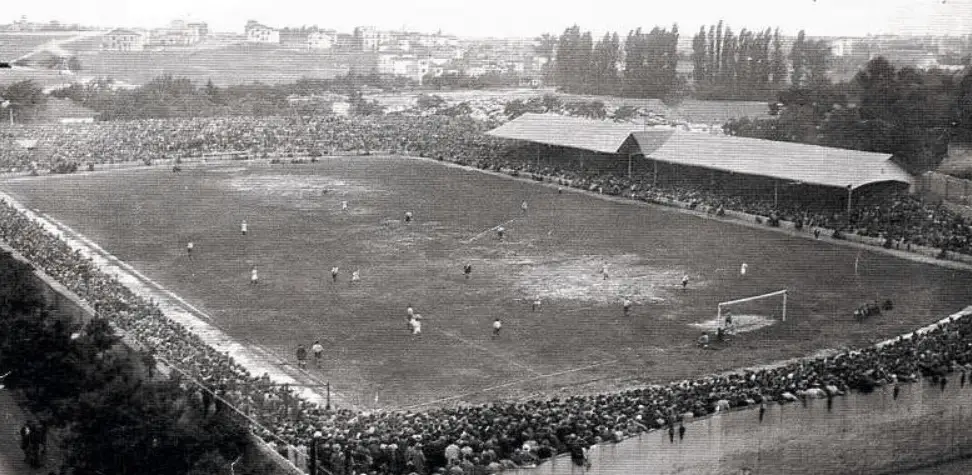
6. The first game in the stadium ended in a victory for Real Madrid
Unlike for instance the inaugural game of Manchester United at Old Trafford who lost their first game in their new stadium (3-4 against rivals Liverpool), Real Madrid actually won the first game that was played at their new venue.
Real Madrid hosted the Portuguese side of “Os Belenenses” on December 14, 1947, and the game ended in a 3-1 victory for “Los Blancos.” The first player to ever score a goal at the Bernabéu was Real Madrid’s striker Sabino Baringa.
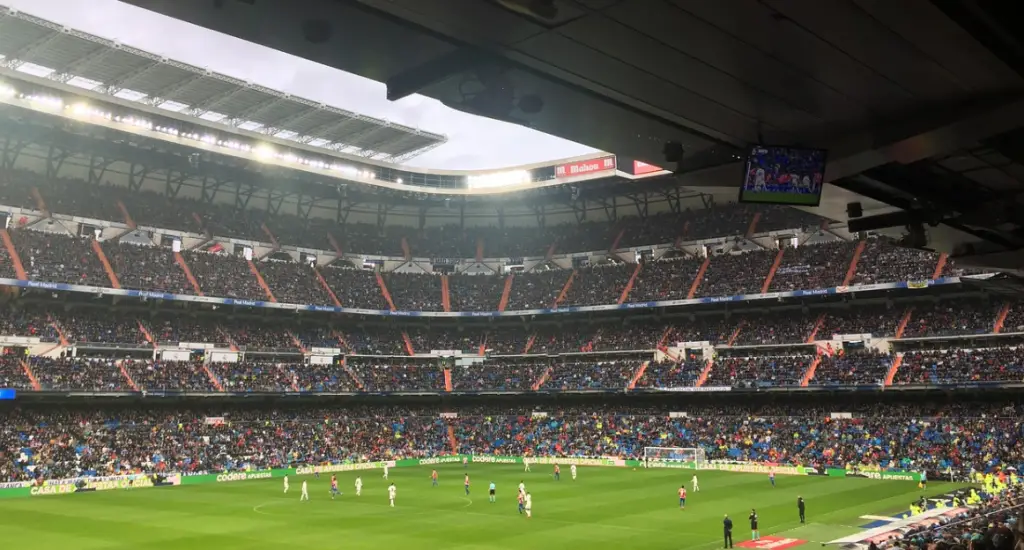
7. The stadium was renamed in 1955
Just over 11 years after construction started of the new home of Real Madrid, and just 8 years after its completion, the board of Real Madrid at the time decided to change its name to honor president Santiago Bernabéu.
Therefore, the stadium’s name was changed from the “Nuevo Estadio Chamartín” to the “Estadio Santiago Bernabéu.”
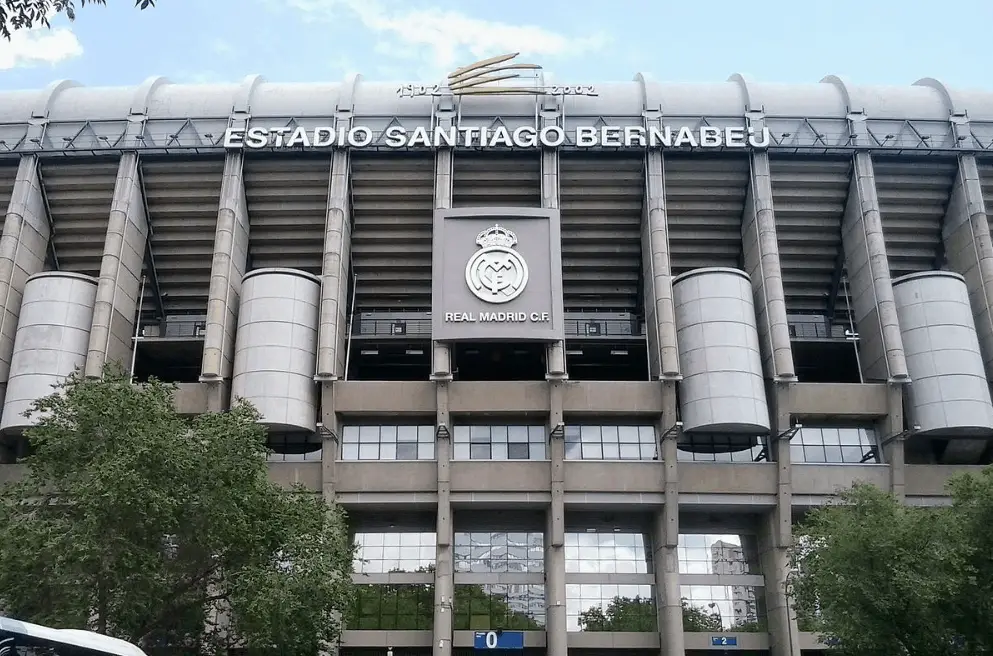
8. The Bernabéu became the biggest stadium in Europe
The first serious renovations were completed in the same year as the stadium was renamed, 1955. One of the most interesting facts About Santiago Bernabeu Stadium is that it used to be the biggest stadium in all of Europe in this period.
The first renovations were completed on June 19, 1955, and the capacity of the stadium was increased from just over 75,000 to over 125,000 spectators!
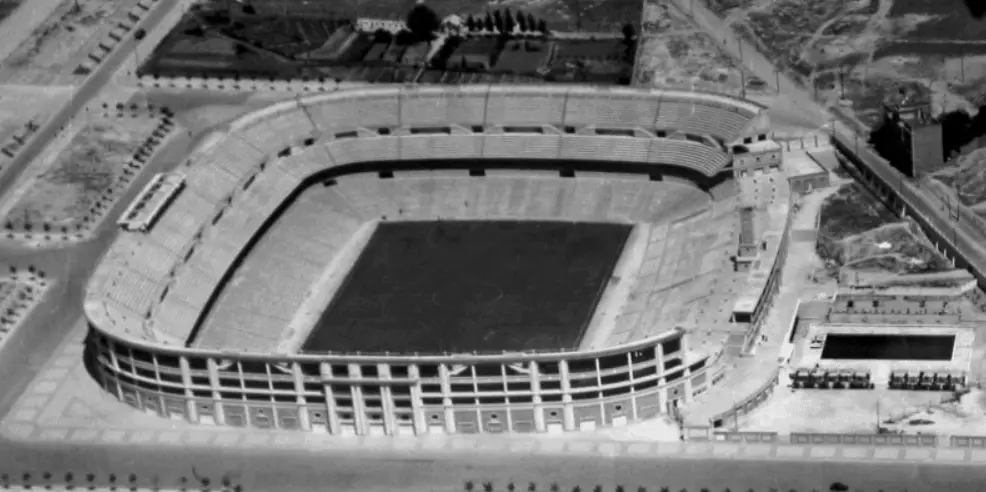
9. The stadium was modernized for the 1982 World Cup
Because Spain hosted the 1982 FIFA World Cup and the Bernabéu would be one of the major venues of this tournament, the stadium required a serious upgrade. For one, FIFA required 2/3 of the seating area to be covered with roofs.
Apart from covering all seating areas with a roof except for the east side, the stadium’s facade was redesigned, electronic signs were installed and the locker rooms and press areas were renovated as well.
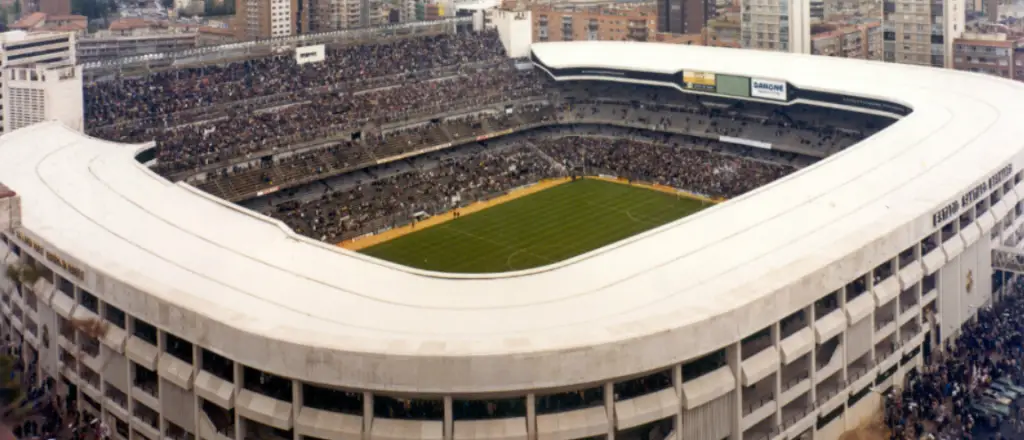
10. It hosted the World Cup final of 1982
Saying that Real Madrid’s stadium was an important venue of the 1982 FIFA World Cup is an understatement. The stadium not only hosted 3 second-round matches of some of the top countries in the world (West Germany vs. England, West Germany vs. Spain, and Spain vs. England), but also the final!
The final was played on July 11, 1982, between Italy and West Germany, and ended in a 3-1 victory for the Italians.
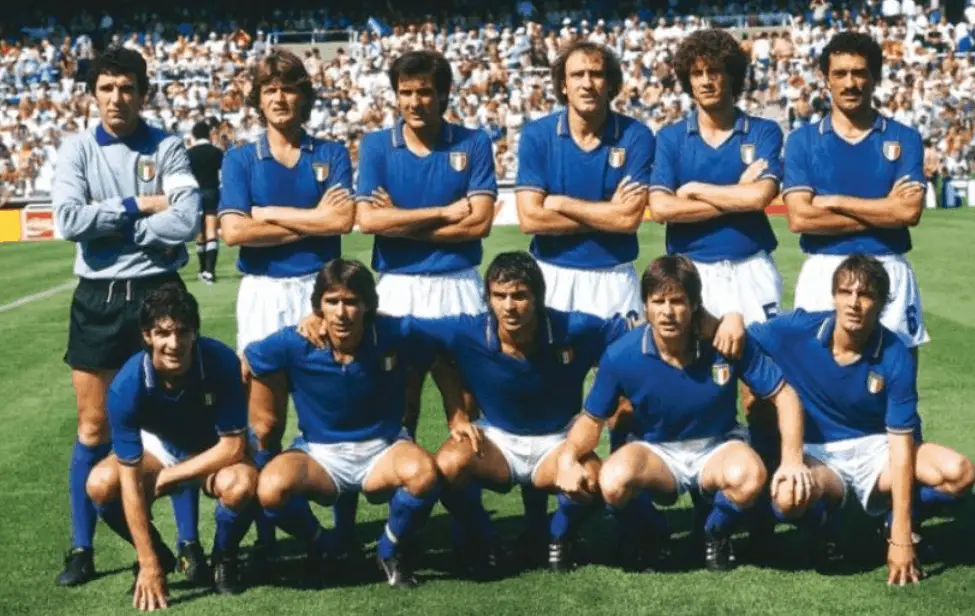
11. A new ring as added in the early 1990s
After some major disasters, most notably the Hillsborough and Heysel Dramas which had resulted in dozens of fatalities, the UEFA demanded stadiums be upgraded once again to prevent such disasters.
To solve the issues that the Bernabéu had to comply with the new regulations, 4 new towers were built in all 4 corners of the stadium and an extra ring was integrated. This literally doubled the height of the stadium going from 22 to 45 meters.
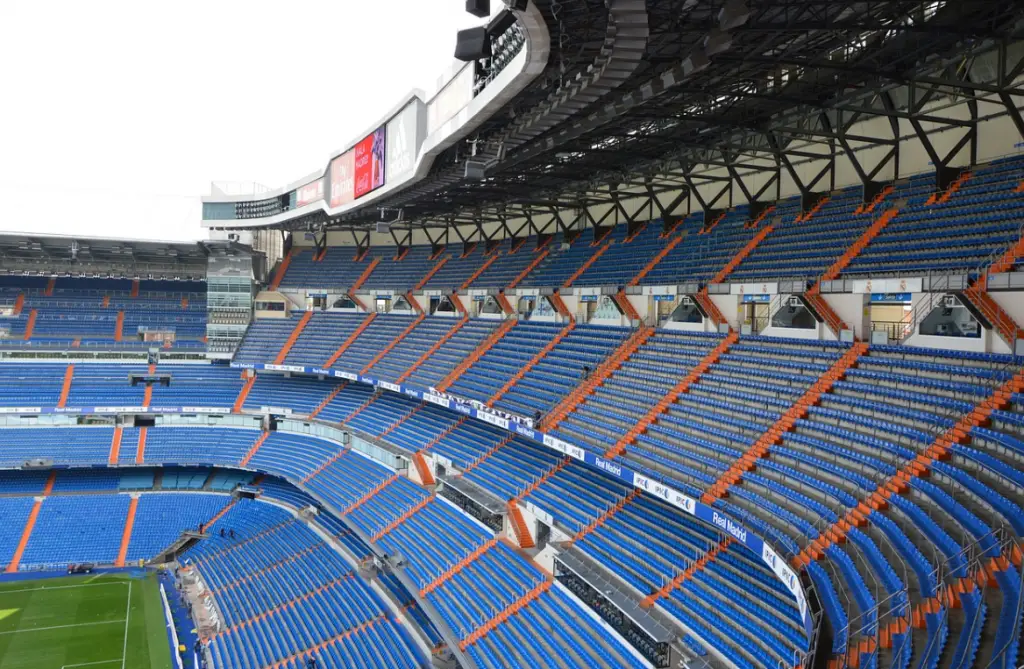
12. The capacity seriously dropped in 1998
The construction of the 4 towers and extra ring had started on February 7, 1992, and was completed on May 7, 1994. The capacity of the stadium at the end of the upgrade was 110,000, mainly because a lot of areas still were for standing spectators.
The standing areas were transformed to seats in the year 1998, making the bernabéu an all-seater which reduced the capacity to just 75,238 spectators.
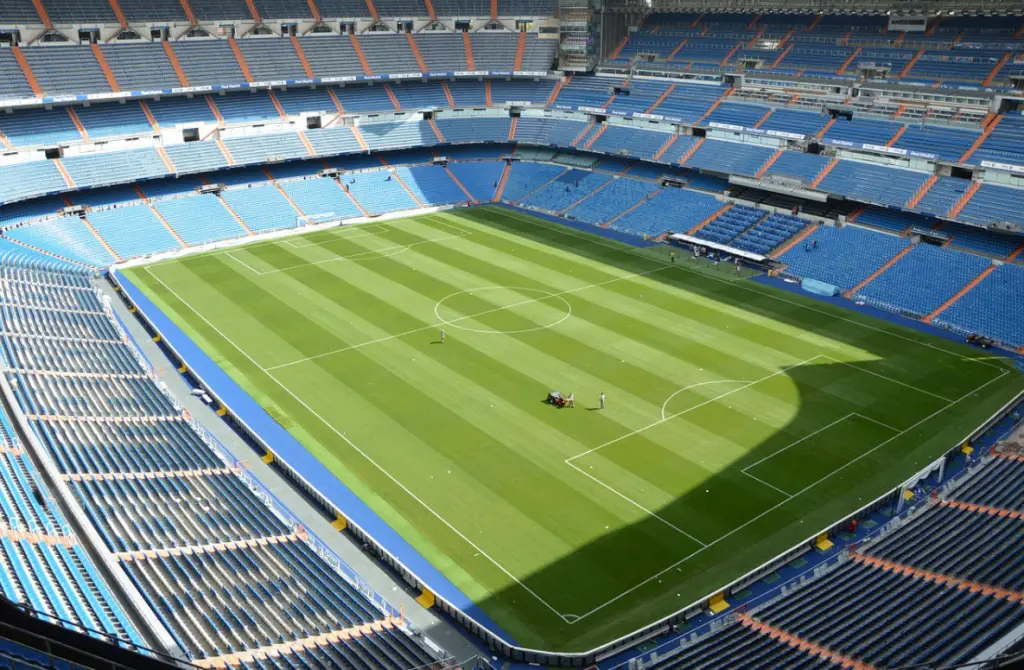
13. The final renovation was done between 2001 and 2006
Florentino Pérez became president of Real Madrid in the early 2000s, he launched a master plan to ensure Real Madrid would remain one of the biggest clubs on the planet. It’s during his reign that the players of Real Madrid started being called “Los Galácticos” because most of them were acquired with huge transfer fees.
His master plan also included a 127 million Euro renovation of the Bernabéu Stadium which happened between 2001 and 2006, transforming the stadium into a modern-day arena that is in line with the club’s status.
Some of the improvements include:
- Expansion to the east side of the stadium
- Adding a new façade on Father Damien street
- New boxes and VIP areas
- A new stage in honor of the east side
- New press area (also located on the east side)
- New audio system, new bars
- Integration of heating in the stands
- Panoramic lifts
- New restaurants
- Escalators in the tower access
Because of the expansion of the east side of the stadium, the capacity also increased to the current capacity of 81,044.
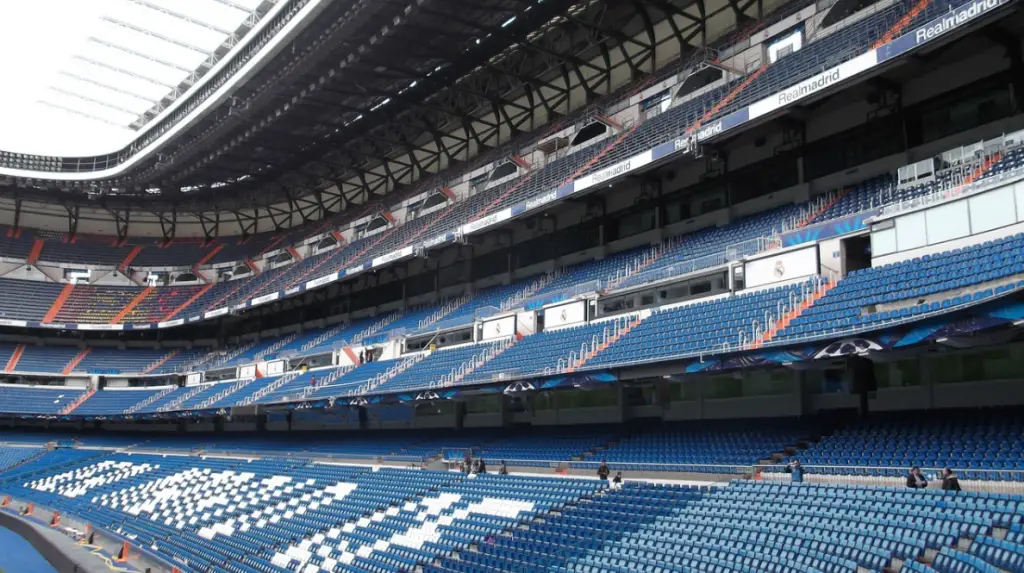
14. What’s happening today at the Bernabéu?
The last major upgrade happened well over a decade ago and changes in technology and architecture mean that Real Madrid constantly needs to look for a solution to stay competitive. Neighbors Atlético Madrid built a completely new, ultra-modern stadium recently and main rivals FC Barcelona have huge plans with Camp Nou as well.
Therefore, a completely new renovation project with a total cost of 525 million Euros was announced to turn the already advanced Bernabéu into one of the best stadiums in the world.
Watch a video of the plans, which started in 2019 and are estimated to be completed in 2023, below:



